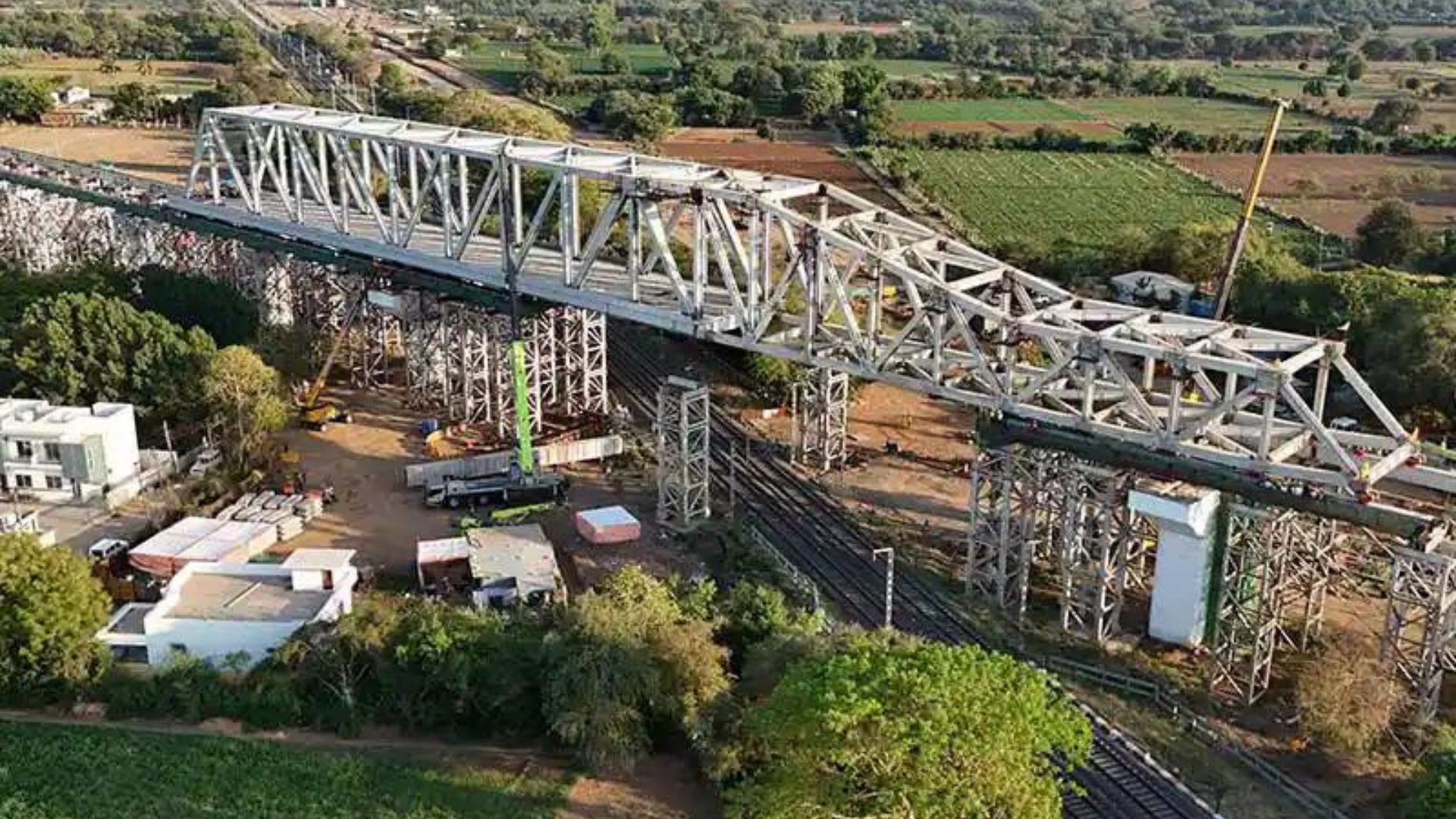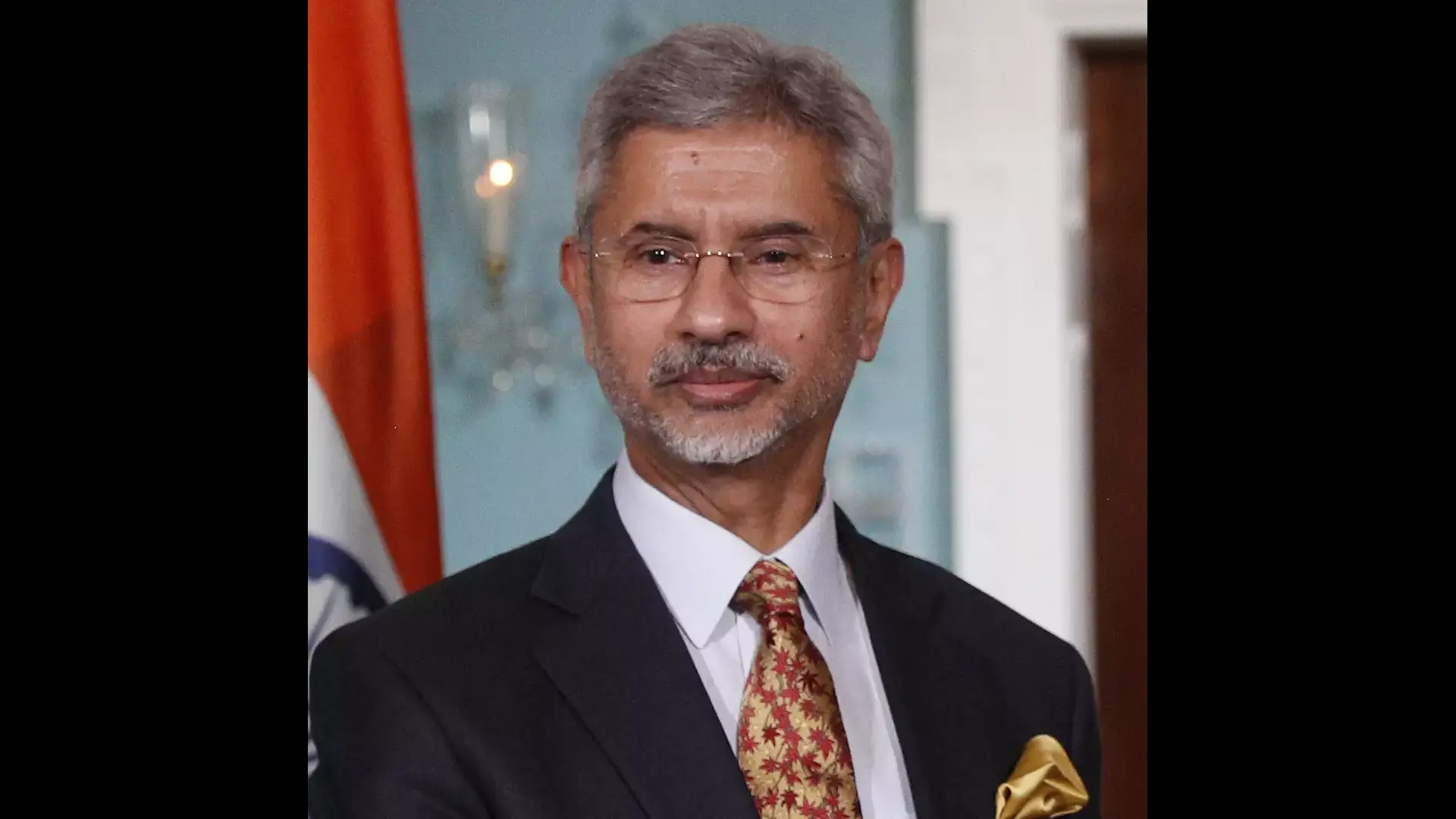A 100-meter-long steel bridge, crucial for the Mumbai-Ahmedabad Bullet Train Project, has been successfully launched near Silvassa. The bridge, weighing 1,464 metric tons with a height of 14.6 meters and a width of 14.3 meters, is the latest addition to the high-speed rail corridor.
The bridge was fabricated at a workshop in Trichy, Tamil Nadu, and transported via trailers to the installation site. A temporary launching nose, 84 meters in length and weighing 600 metric tons, was attached to the main bridge for launching, ensuring the structure required no intermediate support during placement. Additional temporary components were added to enhance stability during the launch.
The installation process involved the use of 27,500 High-Strength Friction Grip (HSFG) bolts for the launching nose, along with approximately 55,250 Tor-Shear Type High Strength (TTHS) bolts, C5 system painting, and elastomeric bearings for the main bridge. The steel bridge and its launching nose were assembled near the site on temporary trestles, standing 14.5 meters above ground level. The bridge was then pulled into place using an automated system consisting of two semi-automatic jacks, each with a capacity of 250 tons, utilizing Mac-Alloy bars.
This newly launched bridge marks the fourth out of 28 steel bridges planned for the bullet train corridor. Out of the 24 river bridges required for the project, 20 are in Gujarat and 4 in Maharashtra. So far, 10 river bridges in Gujarat have been completed.
The Mumbai-Ahmedabad Bullet Train Project was inaugurated on September 14, 2017, by Prime Minister Narendra Modi and then-Japanese Prime Minister Shinzo Abe in Ahmedabad. The National High-Speed Rail Corporation Limited (NHSRCL), established in February 2016 as a Special Purpose Vehicle under the Ministry of Railways, is overseeing the project with equity participation from the Central Government, the Government of Gujarat, and the Government of Maharashtra.
The project exemplifies India’s push toward self-reliance under the “Make in India” initiative, leveraging both domestic resources and Japanese technical expertise.







